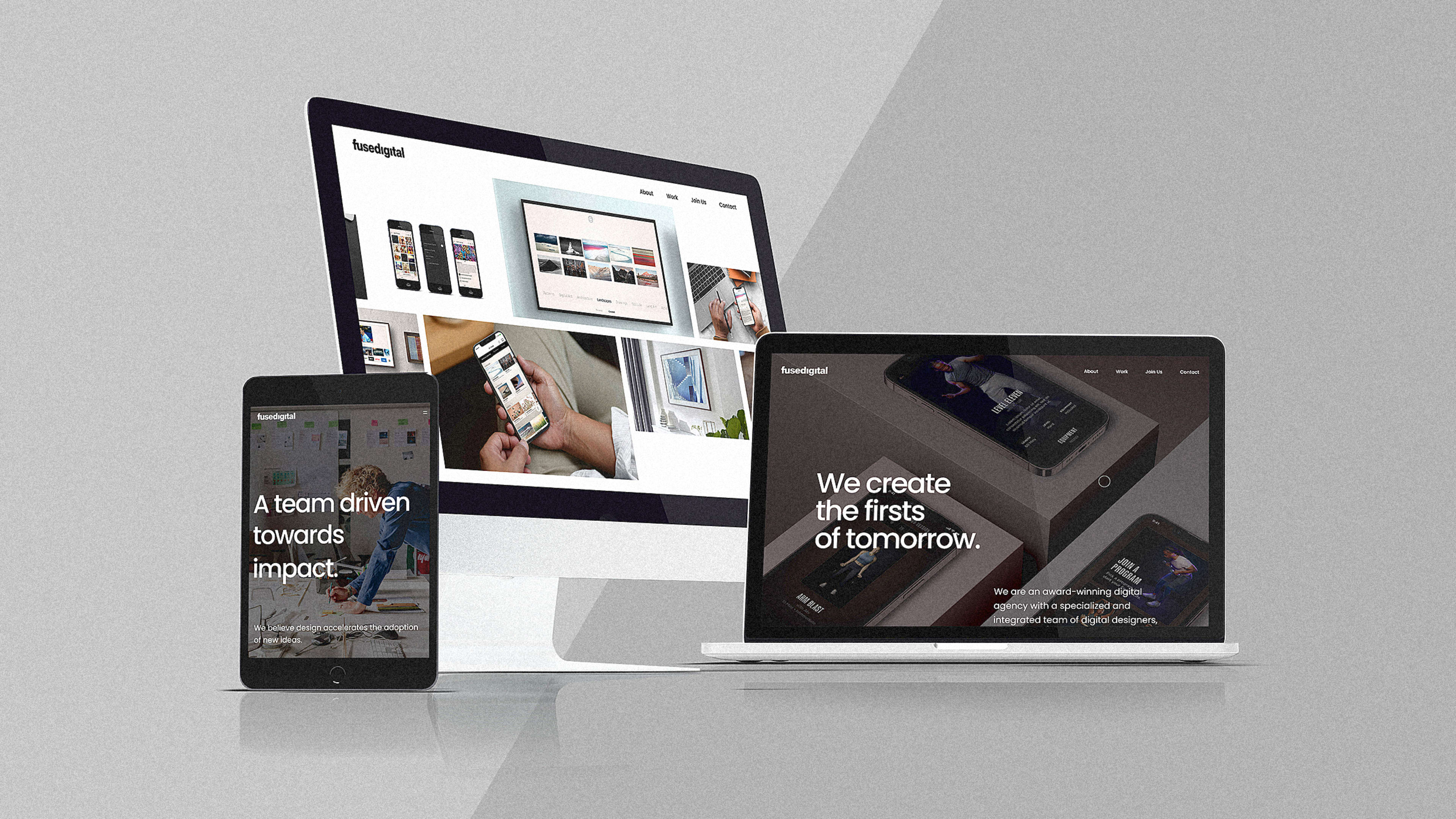Fuseproject, the San Francisco-based industrial design firm known for products ranging from Samsung Frame TVs to Tile trackers, has announced its first acquisition. The company acquired Mindshaker, a 15-person digital agency out of Caparica, Portugal, to help in software design and development. Their added services will be dubbed Fusedigital, expanding Fuseproject’s expertise in UI and UX.
Founded in 1999 by the Swiss designer Yves Béhar, Fuseproject quickly became synonymous with Silicon Valley design—a multidecade movement across the Bay Area that transformed tech products into desirable, useful objects that took cues from furniture and jewelry. Fuseproject’s pioneering work in Bluetooth speakers, wearable health trackers, and smart home products helped establish new markets, while its ongoing work in 3D printing, robotics, and wellness kept its work in the conversation—even if missteps like Juicero have earned the firm a thorough roasting along the way. (In 2014, the Chinese marketing conglomerate BlueFocus Communication Group acquired a majority stake in Fuseproject for $46.7 million. Today, Fuseproject is majority owned by Plus Company, a Canadian-based creative agency network.)
Like other industrial design agencies, Fuseproject has long offered accompanying services ranging from branding to website and app development. But as the hardware market cools in anticipation of a recession, software is primed for greater investment—while digital interfaces are part of most every hardware product anyway.
“We wanted to expand in the area of frontend development, basically get more technical capabilities and get them under our control,” says Béhar. “Just like industrial designers like to go to engineering and production and all that good stuff, on the digital side of things, we want to be able to go end-to-end, from concept to building to shipping, rather than always using outside shops to do that part of the work.”
This quest for greater creative control explains Fuseproject’s acquisition of a digital agency, but why choose a digital agency that’s 25 minutes outside Lisbon? On this point, Béhar, an avid surfer, points to Portugal’s coasts as similar to the vibe of California—in terms of both the lifestyle and the enterprising way 75 local startups are thinking about tech.
“One thing I’ve said for a while [about] the creative environment of Silicon Valley [is] its best export has been the idea of entrepreneurship overall, as well as people coming together with very specific goals of building things that are new and different,” says Béhar. “That export is being felt in Europe.”
More existentially, Fuseproject’s expansion to Europe signals that U.S. politics are adversely affecting innovation in our country. Specifically, Béhar points to the topics of healthcare, mobility, and sustainability as being more welcome to entrepreneurs today in Europe than in the States due to their government support. These are areas he intends to focus on as a studio by developing consumer and B2B products for private corporations and startups. He notes that our privatized healthcare system is less strategically aligned than Europe’s, and often moves slower as a result.
Europe is expected to lead world investment in its new EV transportation network as the government cracks down on emissions, whereas the U.S. still has large holes in its charging network. Meanwhile, the U.S.’s investment in sustainability—the greatest crisis of our era—is dwarfed by our friends across the pond. As of 2021, Europe boasted $1.83 trillion in sustainable investment funds versus a mere $300 billion in the U.S. By having permanent feet on the ground in Europe, Béhar hopes to be closer to both economic and creative demand.
“A lot of big businesses there are really looking at their product—not just their packaging but the core of the product and how that requires a complete rethinking,” says Béhar. “Being in Europe, being able to work in that culture, to provide those solutions, both with the team we have in California and Europe is [already] making a big difference.”
As he glances out his window in San Francisco, Béhar notes that the area has just broken the record for rainfall in a 24-hour period—a scene that had grown a bit too familiar lately. When visiting Lisbon a month earlier, he experienced two record days of rainfall that caused expansive flooding. Then a week later, he visited the Alps, where it was raining instead of snowing, closing half the area’s ski resorts.
“Looking at the armageddon we’re in, environmentally speaking, this is where our work needs to go,” says Béhar, “toward taking care of humans, taking care of the planet.”
Recognize your brand’s excellence by applying to this year’s Brands That Matter Awards before the early-rate deadline, May 3.
